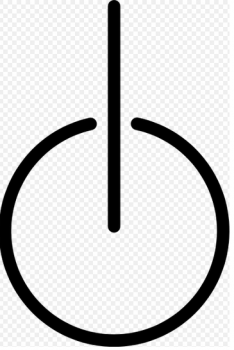Electrical engineering is a field of study that deals with the study and application of electricity, electronics and electromagnetism. After the invention of electric telegraph, the telephone and electric power use, electrical engineering came to be a field of study. Today, electrical engineering has many subfields including electronics, digital computers, power engineering, telecommunications, control systems, RF engineering and signal processing.
Electrical engineers have an academic degree with a major in electrical engineering, electronics engineering or electrical and electronic engineering. Fundamental principles taught are the same throughout each program. The length of the degree is typically four or five years. These degrees covers an extensive amount of physics, mathematics, computer science, project management and variety of topics in electrical engineering.
Most electrical engineers understand basic circuit theory. However, the theories employed by engineers depend upon that work they do. Circuit theory may not be relevant to a person designing telecommunication systems that use off the shelf components. The most important skills for electrical engineers are strong numerical skills, computer literacy and the ability to understand the technical language and concepts that relate to electrical engineering.
© BrainMass Inc. brainmass.com June 30, 2024, 9:21 am ad1c9bdddf


